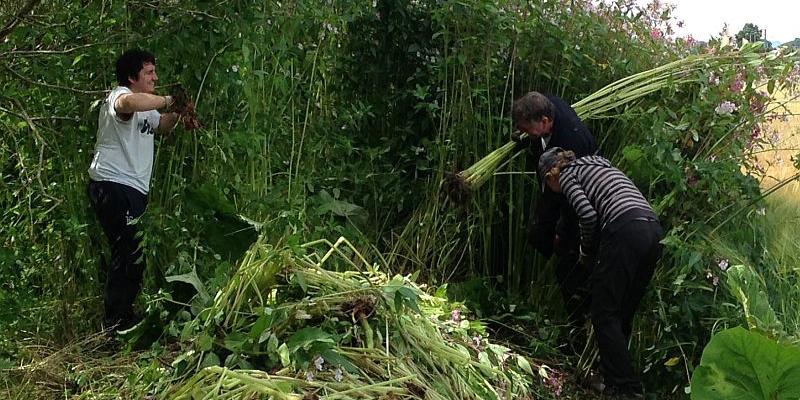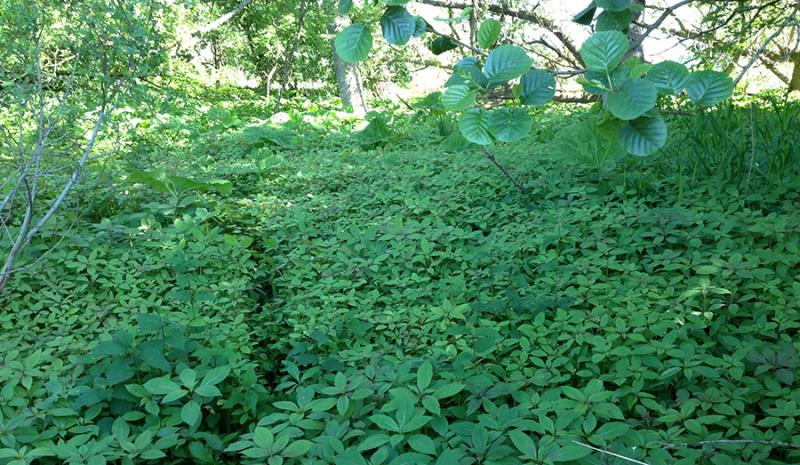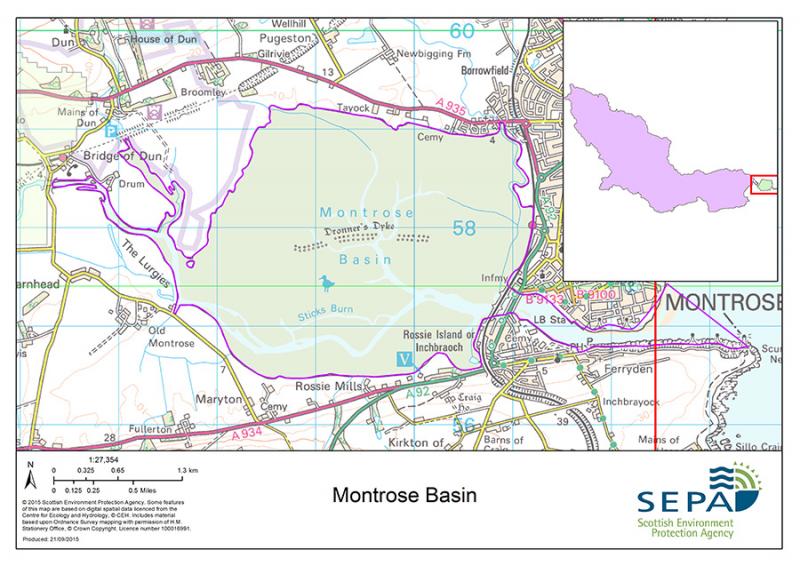

Scottish Wildlife Trust | Montrose Basin Local Nature Reserve
Objectives
Himalayan Balsam is a non-native species that is wide spread throughout the River South Esk catchment. It grows in dense stands along river banks, where it can impede water flow at times of heavy rainfall, increasing the likelihood of flooding. During the winter, extensive die back of stands can leave river banks bare, increasing erosion. This project aims to control the presence of Himalayan Balsam in and around the Montrose Basin Local Nature Reserve and act as an example of good practice for other parts of the South Esk Catchment and beyond.
What changes can people expect to see in the catchment as a result?
Native species should return to traditional areas due to the marked reduction in Himalayan Balsam.
What benefits do the works have for the catchment, the local community, biodiversity etc.?
Reducing Himalayan Balsam will promote the return of native species to ecologically sensitive areas; improve water flow in times of heavy rain, reducing the likelihood of flooding; reduce erosion of the river bank in winter, as native plants recover areas currently populated by Balsam and amenity access to the river will also be improved.
How are you involving the local community?
A dedicated team of local volunteers have spent over 100 hours helping to manage the plant. The local community are engaged through public events that raise awareness of the importance of controlling invasive non-native species and encourage new volunteers to join the work involved in the project. Scottish Wildlife Trust volunteers are also involved in a weekly effort through the Scottish Wildlife Trust Volunteer invasive non-native species Programme.
How does your work link in with other activities in the catchment?
The Himalayan Balsam project ties into ongoing invasive non-native species work on Giant Hogweed and Japanese Knotweed taking place in many areas of the catchment. The Montrose Himalayan Balsam project is the most innovative and can be used as an example of good practice.


Time scale
This is an ongoing project with a new area targeted each year.
Funding
The work is funded by the Scottish Wildlife Trust
How the work fits with local and national policy
The project reflects the SWT policy to: “safeguard a broad representation of wildlife found throughout Scotland, and to act as examples to others and for the public benefit including enjoyment, information and education”.
The project compliments the objectives of the South Esk Catchment Management Plan, the Tayside Local Biodiversity Action Plan, and the Esk Rivers & Fisheries Trust Biosecurity Plan.
More information:
http://scottishwildlifetrust.org.uk/

